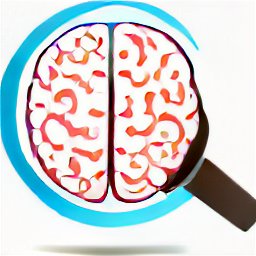Artificial neural networks for psychology, neuroscience, and climate change
The Lindsay Lab at New York University has two separate goals: 1.) advance the study of the brain by using artificial neural networks as models of biological information processing and 2.) advance the fight against climate change by applying machine learning and computer vision to real-world problems.
Research Directions

Understanding Attention
Attention is widely studied across psychology, neuroscience, and machine learning. To what extent do these different forms of attention relate to each other? Can we use models of attention in artificial neural networks to understand how attention enhances behavior in people? What can the connection between attention and learning in biology tell us about how to make machines learn better?
Read “Attention in Psychology, Neuroscience, and Machine Learning”

Investigating the Tools of Neuroscience
Neuroscientists use a variety of analysis methods to try to identify the features of neural activity that drive behavior. Are these tools capable of providing such insights? Artificial neural networks offer an ideal testing ground for the tools of neuroscience as they allow for full access to the neural activity responsible for behavior.
Read “Testing the Tools of Systems Neuroscience on Artificial Neural Networks”


